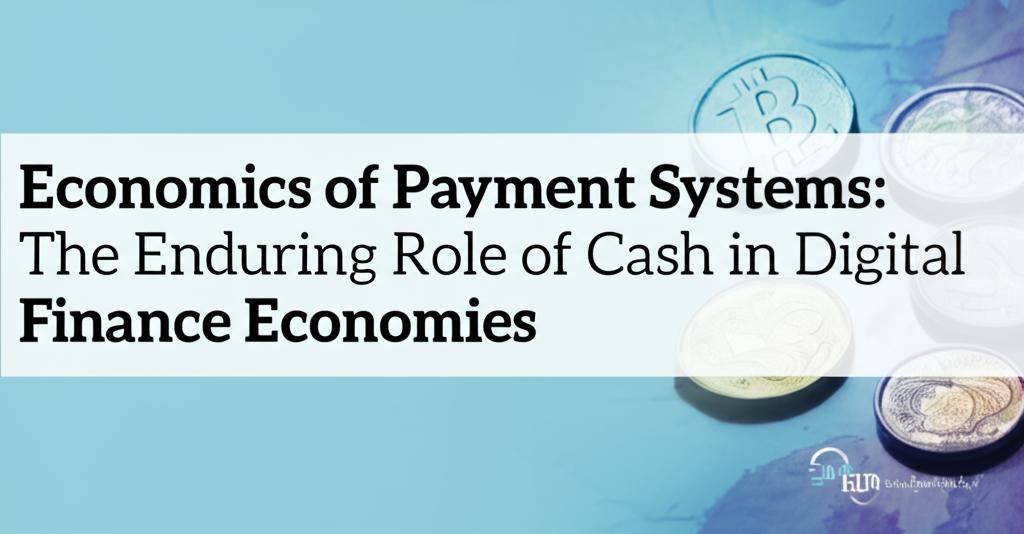Even as digital payment methods—from contactless cards and mobile wallets to instant bank transfers—become increasingly common across the globe, cash continues to play a surprisingly resilient and significant role in the financial ecosystem. While the volume of digital transactions surges, physical currency persists, demonstrating its enduring value in economies rapidly embracing digital finance. Understanding the economics and user behaviour behind this phenomenon reveals why cash is far from obsolete.
The push towards digital payments is driven by undeniable benefits: convenience, speed, efficiency, and enhanced security features like encryption and biometric authentication. For businesses, digital methods can reduce transaction costs and streamline operations. Governments often promote digital payments to increase financial transparency and efficiency. The COVID-19 pandemic further accelerated this shift, as consumers and businesses sought contactless options. Global cashless payment volumes are projected to continue their dramatic rise.
Despite this digital wave, cash usage remains robust for several key reasons:
- Financial Inclusion: Cash is the primary, and sometimes only, means of transaction for significant portions of the population globally. This includes the unbanked and underbanked, often prevalent in developing economies and rural areas, as well as the elderly or those lacking digital literacy or access to necessary technology (like smartphones or reliable internet). For these groups, cash ensures participation in the economy. Eliminating cash risks widening the financial exclusion gap.
- Budgeting and Spending Control: The physical nature of cash helps many individuals manage their finances more effectively. Handing over physical money makes spending feel more tangible, aiding budget discipline. This is reflected in trends like "cash stuffing," popular even among younger generations seeking financial control.
- Privacy and Anonymity: Cash transactions offer a level of privacy unmatched by digital methods, which leave an electronic footprint. In an era of increasing data tracking, some consumers value the anonymity that cash provides.
- Reliability and Resilience: Cash works independently of technology. It remains a dependable payment method during power outages, internet disruptions, or failures in digital payment systems. Recent payment system issues have reportedly led some consumers to carry cash more often as a backup.
- Universal Acceptance and Convenience: Cash is still the most universally accepted payment method, especially for small-value transactions or in specific sectors and regions. Some businesses may not accept cards, particularly for small amounts, or lack the necessary infrastructure.
- Habit and Preference: For many, using cash is simply an ingrained habit or a conscious choice based on perceived benefits like simplicity or security against digital fraud. Surveys show a significant portion of the population values having the option to pay with cash.
From an economic standpoint, while digital payments can lower costs for businesses, maintaining the cash infrastructure (ATMs, secure transport, branch services) involves significant fixed costs. As cash transaction volumes potentially decrease, the cost per transaction for maintaining this infrastructure could rise, posing challenges for banks and payment providers. Conversely, digital transactions often involve fees for merchants.
Cash usage varies significantly by region. While some countries like Sweden are moving rapidly towards a cashless society, others like Germany and Japan maintain strong cultural preferences for cash. In the Eurozone, cash remains persistent despite high levels of digital access. In developing economies and regions like parts of Africa, Latin America, and Asia-Pacific, cash often remains dominant, though digital payments are growing fast and enabling financial inclusion. Even in digitally advanced markets like the UK and US, cash retains a role, with some recent reports noting slight upticks in cash usage or concerns about a fully cashless society.
Looking ahead, the narrative is shifting from a "cashless future" to a "less-cash future." Most analyses suggest that cash and digital payments will coexist for the foreseeable future. The focus is increasingly on ensuring digital inclusion while maintaining access to cash for those who need or prefer it. Innovations like Central Bank Digital Currencies (CBDCs) are being explored globally, potentially offering a new digital form of central bank money that could exist alongside physical cash. Ultimately, consumer behaviour, technological development, and policy choices will shape the evolving payments landscape, but cash's enduring functions suggest it will remain part of the economic picture for some time to come.

